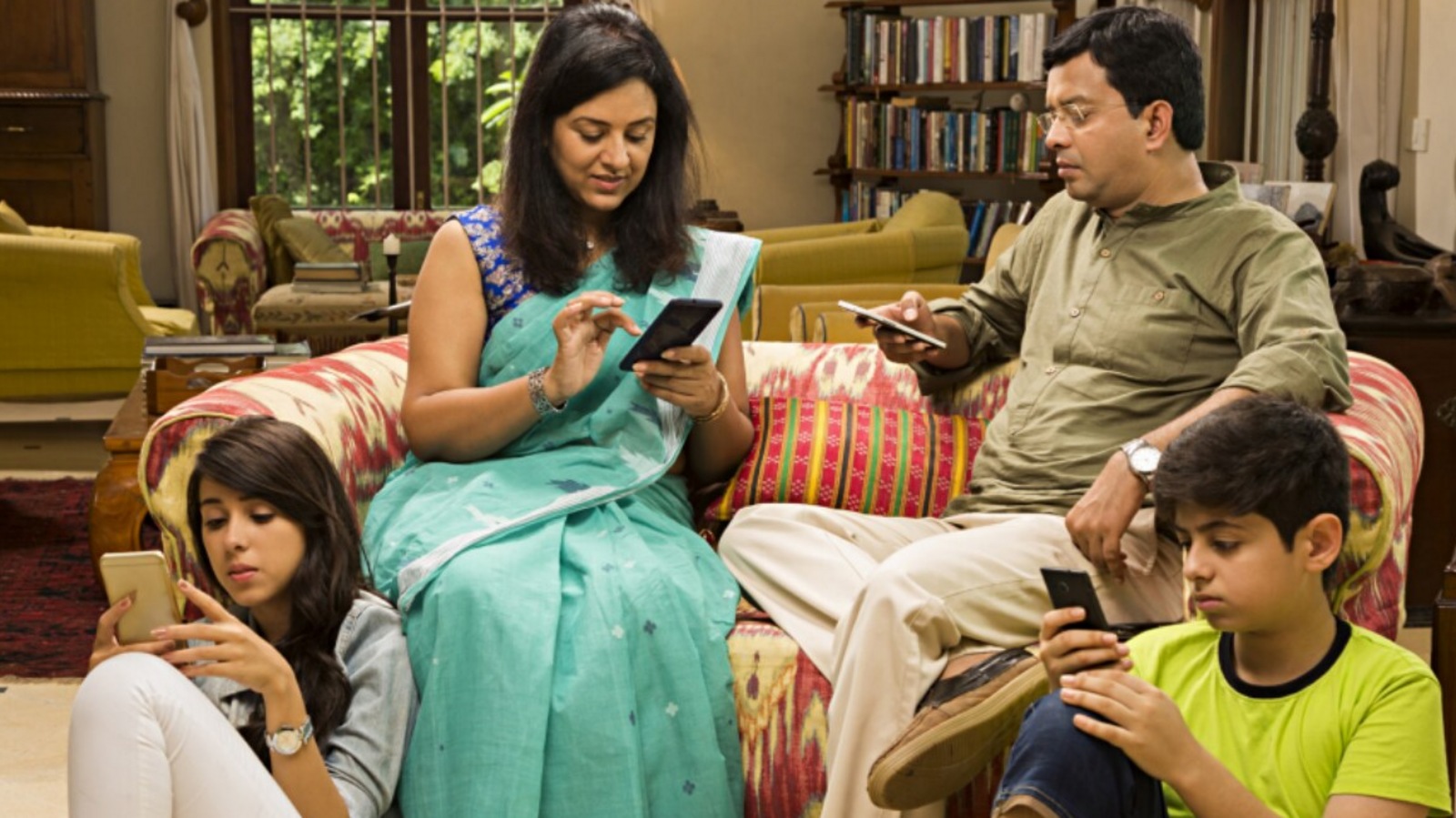Indian children more exposed to cyberbullying than global average, shows McAfee report
A new report by McAfee reveals that when it comes to cyberbullying, Indian children are at a much higher risk than the global average. The report highlights the need to improve the nation’s cybersecurity framework.
McAfee Corp., global security software company, has released a report titled ‘Life behind the screens of parents, tweens and teens’ today, May 12. The report is the firm’s first ever global connected family study in which it surveyed 15,500 parents and over 12,000 of their children in ten countries to find out how they connect and protect themselves and their loved ones online. The report has revealed some shocking information around Indian children and their exposure to cyberbullying. The report has highlighted the need for better infrastructural support for India’s cybersecurity framework.
According to the report, children in India between the age of 10-14 appear to go mobile more quickly than nearly all their peers worldwide. As can be viewed in the graph, they show some of the least uptick in mobile adoption as they grow older, contrary to many other countries. Both of these suggestions highlight that India has an early age of mobile maturity. While early mobile maturity is a good indicator for tech adoption and familiarity, it also gives rise to a higher risk online, as in other countries children this young do not have free access to mobile and the internet.
The graph above highlights that for Indian children, smartphone usage at a younger age trended above the international average by 7%. However, as children entered the mid-teens and then approached adulthood, the figures fell in line with their peers around the globe. This specific data underlines that the highest risk of exposure to cyberbullying and cyberattack is borne by children aged 10-14
McAfee report: Indian children are more exposed to cyberbullying
The report also sheds light on this anomaly. The reason behind the early maturity for Indian users when it comes to mobile maturity is not only because they are more tech-savvy but also because Indian parents as well as children have a lower threat perception than the global average.
As the graph suggests, globally, 57% of parents were concerned about cyberbullying and abuse on social media, while 49% of children said they held the same worry. However, coming to India, those figures were considerably lower with 47% of parents stating that their worry level is 10% below the global average. Similarly, 42% of children felt the lack of concern around cyberbullying, 7% below the global average.
However, the report also highlighted that the exposure to cyberbullying for Indian children was significantly higher than the global average. The global average resided at around 17% whereas 22% of children in India reported having experienced it at some time. But the issue is not limited to cyberbullying. “In addition to cyberbullying, Indian families reported their experiences with other online threats, indicating issues with online privacy and security — and at a much greater rate than other families worldwide,” the report stated.
“Parents in India reported the attempted theft of online accounts at 33% with their children at 26%. There was a slight difference in reporting here, however. When asked if their child had been exposed to possible online account theft, 26% of parents said so—making India one nation where this figure was consistent between parents and children. (Other nations typically had the parent awareness at one or two percentage points lower than what children reported),” the report added.
Worryingly, in case of India, the instances of leaks of financial information including bank info, credit or debit card info or other identifying information was also observed to be higher than the global average. In India, 30% of parents reported that they had experienced it at some point in the past, which is 9% higher than the global average, while 23% of children said the same. Indian children faced this risk 13% higher than the global average of 10%.
The report clearly highlights the need for a stronger cybersecurity framework in India specifically targeted at children between the ages of 10 and 14 is of the utmost importance.
For all the latest Technology News Click Here

